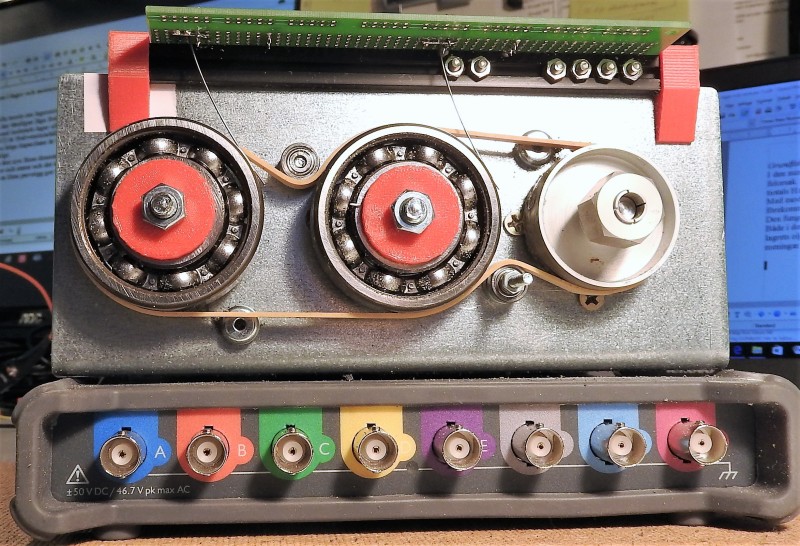daanh
Industrial
- Sep 23, 2005
- 20
Hello,
I'm looking for a device with which I can measure the required torque at various rpm's. This way I could map the torque/rpm graph of various machines.
Is there some device for sale that can do this?
Thanks, Daan Haeyen
I'm looking for a device with which I can measure the required torque at various rpm's. This way I could map the torque/rpm graph of various machines.
Is there some device for sale that can do this?
Thanks, Daan Haeyen

